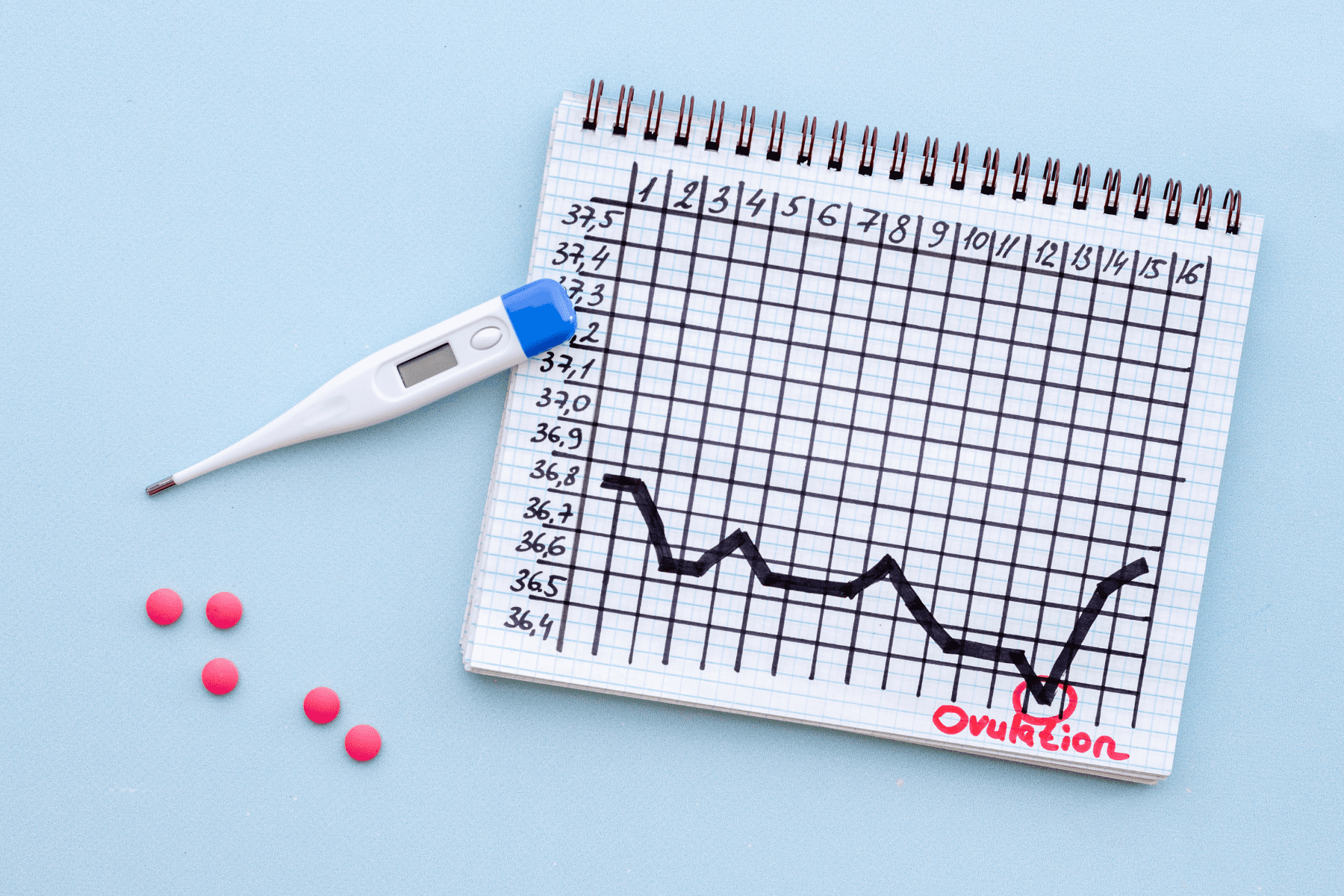Despite advances in monitoring techniques, OHSS continues to be the most serious complication of controlled ovarian stimulation. Available data suggest an incidence of 0.2-1.0% with severe OHSS with controlled ovarian stimulation with injectable gonadotropins and 0.5-2.0% with IVF. It is only rarely associated with clomiphene citrate.
The underlying pathophysiology of OHSS is an increase in capillary permeability resulting in a fluid shift from the intravascular space to the peritoneal cavity. The fluid is considered an exudate due to leaky capillaries. Multiple factors have been implicated in this process including renin-angiotensin mediated changes, vascular endothelial growth factor, insulin-like growth factor, and numerous others that have been investigated.
Young age, low body weight, PCOS and previous history for OHSS are all independent risk factors for developing OHSS. Certainly, the risk rises with increasing number of developing follicles with stimulation for Ovulation Induction or IVF. Interestingly, if a patient becomes pregnant with treatment, pregnancy can increase the likelihood, duration and severity of OHSS symptoms.
The clinical features of OHSS include abdominal bloating, pelvic cramping, distension, nausea and diarrhea. Depending on the severity of symptoms, OHSS has been classified into mild, moderate or severe. The onset of symptoms usually begins several days after Oocyte retrieval in an IVF Cycle but it can be delayed.
Progression of OHSS occurs when symptoms worsen, persists or there is noted to be ascites, respiratory difficulty, or laboratory abnormalities. Dehydration and hypotension can result as fluid shifts from the intravascular system to the peritoneal cavity and oligouria can ensue. Thromboembolism is increased due to hemoconcentration and decreased activity due to abdominal distension and pain.
Most patients with mild OHSS can be managed on an outpatient basis with frequent monitoring in the office. The patient should be counseled to check her weight and abdominal girth daily, drink electrolyte supplemented drinks, avoid strenuous physical activity and report any worsening of symptoms immediately.
Patients with severe OHSS may need hospitalization to more closely monitor vital signs and laboratory values, frequent serial physical examinations, careful intravenous hydration, and parenteral pain medications if needed.
In some cases, transvaginal ultrasound guided removal of fluid from the cul-de-sac is needed to relieve symptoms of tense ascites and compromised pulmonary function. Several authors have suggested that support stockings and prophylactic anticoagulation may be beneficial in these patients due to risk of thromboembolism.
The hallmark to OHSS is prevention. Ovulation induction regimens are carefully monitored with serial ultrasounds and estrogen levels, and the minimum dose and duration of gonadotropins to achieve the desired result is the goal. Cancellation of treatment cycles may be necessary in the patient at high risk for OHSS. Very serious and life-threatening sequelae from OHSS are rare, but they have been reported. The natural course of OHSS is to improve over time, and continued worsening in status requires prompt further evaluation for other causes.
Medical contribution by Meike Uhler, M.D.
Dr. Uhler feels fortunate to play a role in this stage of her patients’ lives. Her research interests focus on the evaluation and treatment of infertility, as well as raising fertility awareness in the general population.







